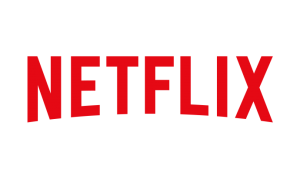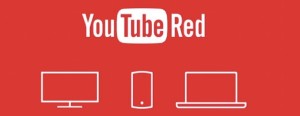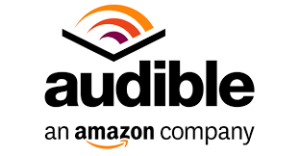
The current Idea Email explains how and why ad-blocking isn’t just a browser plug-in hack. Blocking ads is also a multi-billion dollar business. It’s based on the notion that advertising doesn’t always need to be at the transaction intersection when dollars are exchanged for content. Oftentimes, customers become so overwhelmed by the crush of ads on the internet and traditional media, they are more than willing to pay media companies for the chance to view (listen to, watch, read) ad-free content.
And many media companies have learned that there are billions of dollars in potential revenue in allowing people to pay for ad-free content, rather than subjecting them to personalized ads or the sheer magnitude of ads that appear on a web page.
Here are some examples of ad-free content providers and how they make money (or hope to).
-
Wikipedia
 For a few weeks each year, the users of Wikipedia see a header message across the top of Wikipedia pages that promises never to carry advertising if users donate to the Wikimedia Foundation, the organization that funds Wikipedia. Sure, that header is an ad, but only in the way that ad-free public TV and radio don’t call their fundraising advertising either. In the most recent fundraising cycle, $75 million in donations were made. 75 percent of the donations were less than $100 and the average donation was $15.
For a few weeks each year, the users of Wikipedia see a header message across the top of Wikipedia pages that promises never to carry advertising if users donate to the Wikimedia Foundation, the organization that funds Wikipedia. Sure, that header is an ad, but only in the way that ad-free public TV and radio don’t call their fundraising advertising either. In the most recent fundraising cycle, $75 million in donations were made. 75 percent of the donations were less than $100 and the average donation was $15. -
Netflix
 Netflix has so defined the ad-free, on-demand, category that services trying to replicate their model in other categories describe themselves as the “Netflix of books” or the “Netflix of magazines.” Unfortunately for the replicants, the “Netflix of Xers” have discovered a positioning line is not always the key to success.
Netflix has so defined the ad-free, on-demand, category that services trying to replicate their model in other categories describe themselves as the “Netflix of books” or the “Netflix of magazines.” Unfortunately for the replicants, the “Netflix of Xers” have discovered a positioning line is not always the key to success. -
Spotify
 In addition to its ad-supported free service that allows users to play any song in its 30-million title library, Spotify has an array of paid services that start at $5 per month (for students) and that block ads and stream music at a speed that provides higher quality sound.
In addition to its ad-supported free service that allows users to play any song in its 30-million title library, Spotify has an array of paid services that start at $5 per month (for students) and that block ads and stream music at a speed that provides higher quality sound. -
The Salt Lake Tribune
 The newspaper has launched a “membership plan” in which subscribers can pay (at the $9.99 per month level), for the ad-free version of the paper. So far, 600 people have signed up for The Salt Lake Tribune’s membership program since it debuted in late July.
The newspaper has launched a “membership plan” in which subscribers can pay (at the $9.99 per month level), for the ad-free version of the paper. So far, 600 people have signed up for The Salt Lake Tribune’s membership program since it debuted in late July. -
YouTube Red
 It will take a while to understand the impact of YouTube Red, a service that launched yesterday (Wednesday, October 28, 2015) and is being touted as a means to pay for an ad-free YouTube. However, there’s more to the service that is Amazon.com-Prime-like: A bundle of “free” services for an annual subscription. For example, YouTube Red will include a subscription to Google’s Spotify-like service, Google Play Music.
It will take a while to understand the impact of YouTube Red, a service that launched yesterday (Wednesday, October 28, 2015) and is being touted as a means to pay for an ad-free YouTube. However, there’s more to the service that is Amazon.com-Prime-like: A bundle of “free” services for an annual subscription. For example, YouTube Red will include a subscription to Google’s Spotify-like service, Google Play Music. -
Audible.com / Amazon Kindle
 Because books have never been generally viewed as an ad-supported medium, the Amazon-owned tandem of audio books via Audible.com and ebooks via the Kindle may seem like a stretch as an example of a means to get rid of ads. However, both the Kindle and Audible.com demonstrate how the conventional wisdom that claims that “information wants to be free” is often not true. And neither is it true that advertising must be the business model of media.
Because books have never been generally viewed as an ad-supported medium, the Amazon-owned tandem of audio books via Audible.com and ebooks via the Kindle may seem like a stretch as an example of a means to get rid of ads. However, both the Kindle and Audible.com demonstrate how the conventional wisdom that claims that “information wants to be free” is often not true. And neither is it true that advertising must be the business model of media.


